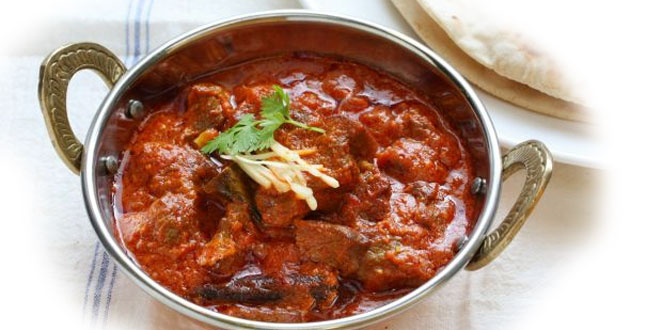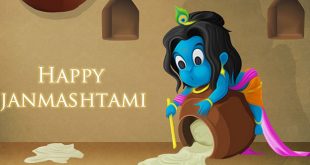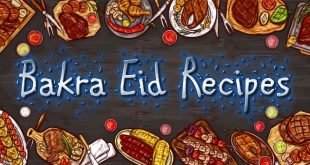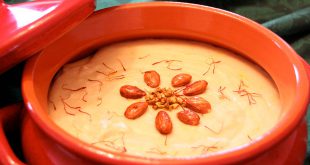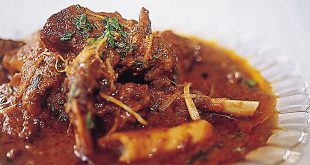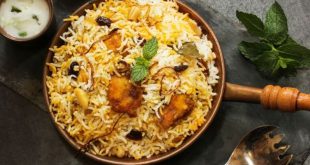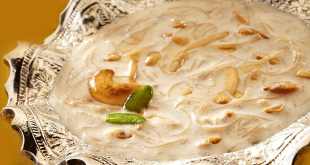Recipe of Mutton Korma
Ingredients:
- 1 tbsp Cumin Seeds
- 4 tbsp Coriander Seeds
- 1-2 tsp Cayenne Pepper
- 1 tsp Saffron Threads
- 3 tbsp Hot Milk
- 6 tbsp Ghee or Clarified Butter
- 2 middle-sized Onions, chopped
- 5 Black Cardamom pods/ Cinnamon sticks
- 4 Cloves
- 3 Bay leaves
- 1 Fresh Ginger, grated
- 4 Garlic Cloves (minced)
- 2 lb Boneless Lamb (cut into-1/2-inch cubes)
- 1 cup fresh Yogurt (sweet)
- 1/4 cup Cream
- 1 tbsp Rose Water (heavy)
- 1/4 cup Blanched Almond
Method:
- Grind the cumin and coriander seeds in a spice mill, combine with the red pepper and place near the stove.
- Soak the saffron in hot milk.
- Heat the ghee or clarified butter in a large, shallow, heavy pan.
- Stir in the onions, cardamom pods, cinnamon, cloves and bay leaves. Cook over medium heat, stirring frequently, until the onions begin to turn reddish brown, about 15 minutes.
- Add the ginger and garlic and cook, stirring constantly and scraping the bottom of the pan, until the onions are reddish brown.
- Mix in the ground spices and cook, stirring constantly, for about 10 seconds, or until the spices release their fragrance.
- Dry the meat with paper towels and stir half of it into the spice mixture.
- Increase the heat to medium high and cook, stirring constantly, for a few minutes, making sure all the meat is coated with the spices.
- Stir in the remaining meat, and cook as before, scraping the bottom of the pan. If the mixture gets too dry, splash in a little water.
- Turn the heat to medium. Start adding the yogurt, 1 tbsp at a time, stirring constantly and incorporating it into the mixture before adding the next tablespoonful.
- Turn the heat to low. Cover the pan and simmer the meat for about 1 and 1/2 hours, or until the meat is very tender. If necessary, splash in a little water from time to time. When the meat is tender, add salt to taste.
- Stir the cream and cook until the sauce is thick. Stir in the saffron and rose water and heat thoroughly.
- Fry the almonds in a little oil until golden brown.
- Serve the lamb hot, garnished with the almonds.
Note: Not all the spices in this dish are meant to be eaten.
 Kids Portal For Parents India Kids Network
Kids Portal For Parents India Kids Network
